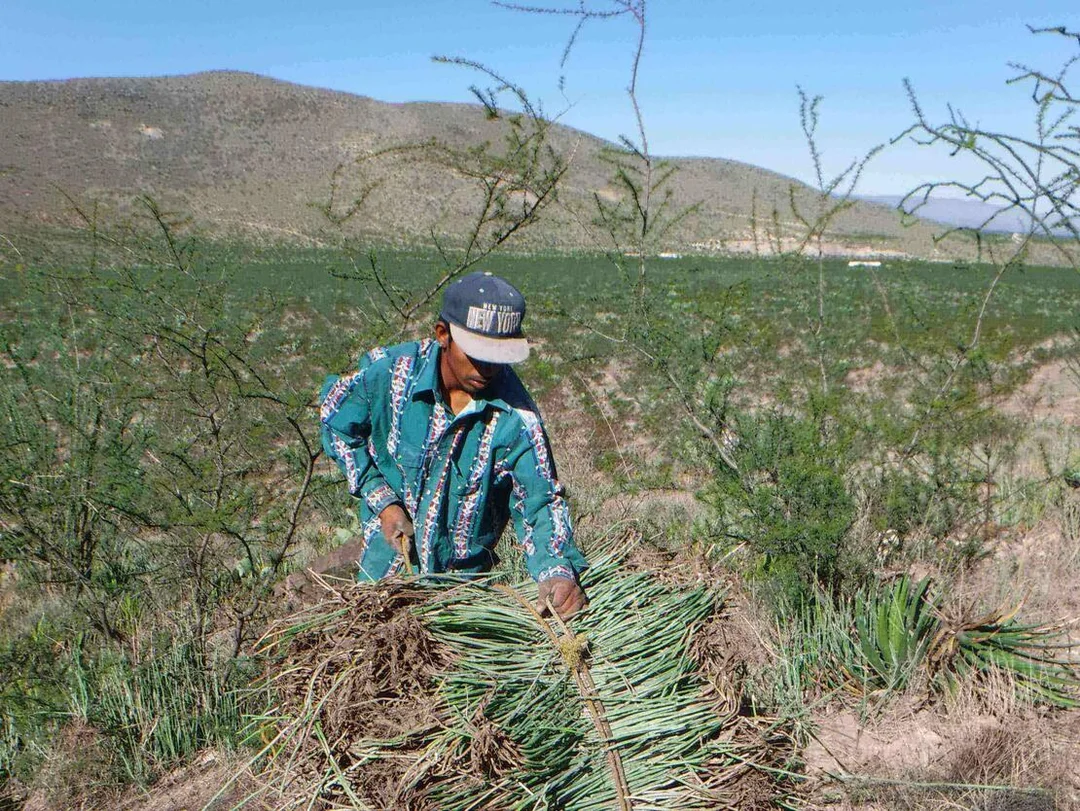
New Guidelines for Harvesting Threatened Species: A Sustainable Approach
On this year's Endangered Species Day, the IUCN Species Survival Commission (SSC) and its Sustainable Use and Livelihoods Specialist Group (SULi) have unveiled a comprehensive set of new guidelines. These guidelines aim to assist decision-makers in the complex task of managing the harvesting of threatened species, ensuring both conservation and sustainable use.

The newly introduced IUCN Guidelines on Harvesting Threatened Species advise on the methodologies and categories of harvesting practices to secure sustainable use. It addresses the dire consequences of overexploitation, which is a leading factor in biodiversity loss, affecting nearly 27% of threatened species globally. Species such as sharks and cacti face critical risks from rampant overfishing and collection, highlighting a pressing need for regulation.
Interestingly, sustainable use, when managed carefully, can offer substantial conservation benefits and economic incentives. For instance, the United Nations Environment Programme reports that a staggering 40% of the global economy relies directly on biological resource usage. The guidelines contend that through correct management, harvesting can be a win-win, benefitting both the environment and local economies.
Amidst the often-negative dialogue surrounding harvesting practices, striking examples, such as the conservation success story of the yellow-spotted river turtle (Podocnemis unifilis) in South America, offer hope. Initiated in 2010, a sustainable ranching program in regions like Peru demonstrates how localized involvement can foster population recovery through responsible harvesting of turtle nests, a practice that has led to increased wild turtle numbers.

Nevertheless, caution must be exercised, especially when dealing with species classified as Vulnerable, Endangered, or Critically Endangered on the IUCN Red List. The general consensus within SSC SULi stresses that any harvesting of vulnerable species should be rigorously evaluated to ensure a minimal impact on extinction risk. Such discerning practices are crucial for maintaining ecological balance.
The newly released guidelines will significantly influence local policy-makers and practitioners, offering a systematic approach to the complex issues surrounding the harvesting of threatened species. By enhancing decision-making processes, these guidelines pave the way for more informed, balanced, and sensitive management of our planet's precious biodiversity.

What are your thoughts on the new IUCN guidelines? Can sustainable harvesting be the key to balancing human needs with conservation efforts, or are the risks too high? We would love to hear your perspectives in the comments below!